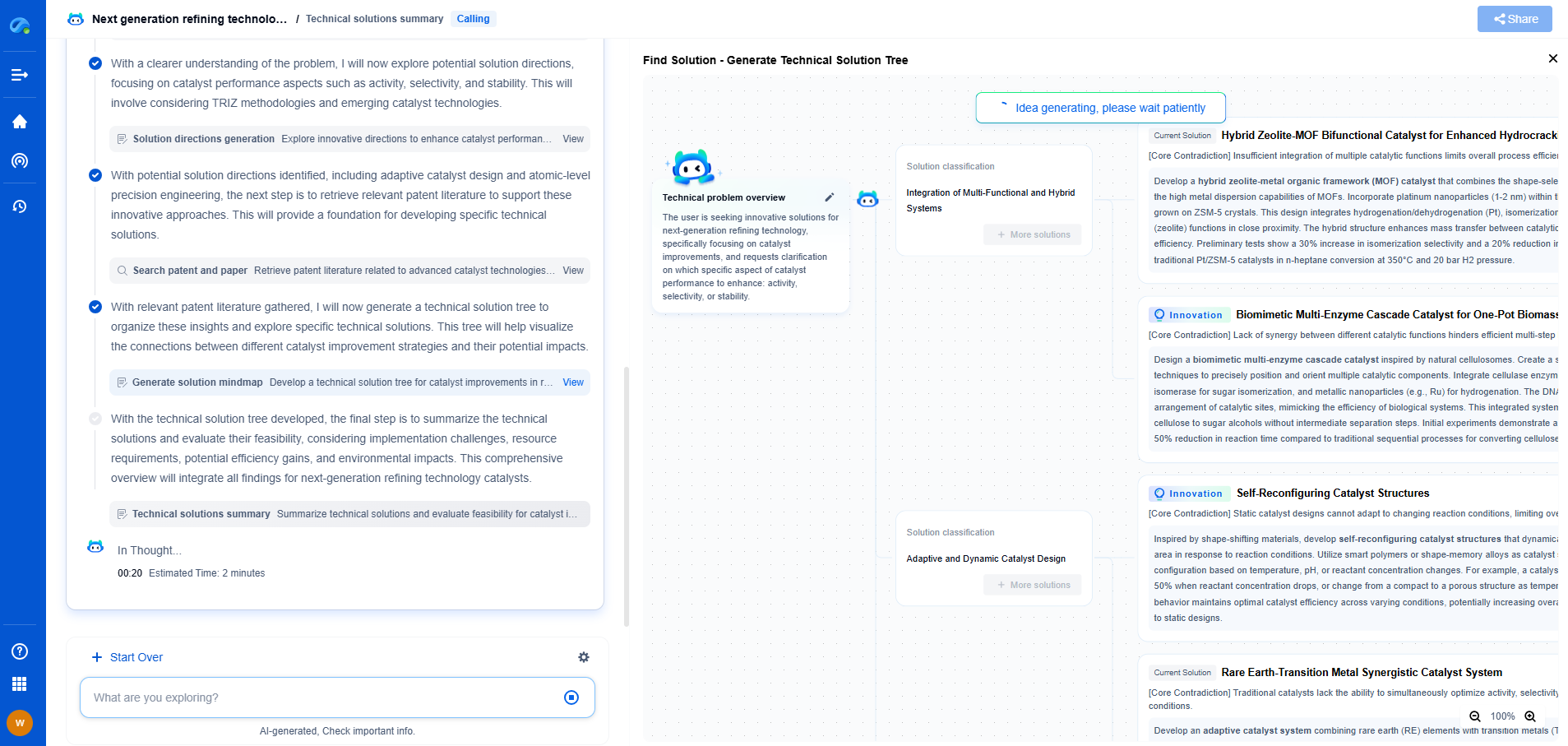What Is RoHS Compliance? Restricted Substances in Electronics
JUN 27, 2025 |
RoHS, or the Restriction of Hazardous Substances Directive, is a regulation that originated in the European Union and has significant implications for the electronics industry worldwide. Its primary aim is to reduce the environmental impact of electronic waste by restricting the use of certain hazardous substances in electrical and electronic equipment (EEE). RoHS compliance is crucial for manufacturers, importers, and distributors who wish to sell their products in the EU and beyond. Understanding RoHS compliance is vital for companies aiming to stay competitive and responsible in a rapidly evolving market.
The Origins of RoHS
The RoHS Directive was first adopted in February 2003 and became effective on July 1, 2006. It was designed in response to growing environmental concerns about the accumulation of toxic electronic waste in landfills. These concerns highlighted the need for proper waste management and the minimization of hazardous substances in electronics. The directive has undergone several revisions, with the most notable being RoHS 2 (Directive 2011/65/EU), which expanded the scope of the regulation to include additional product categories and introduced new compliance requirements.
Understanding Restricted Substances
The RoHS Directive specifically restricts the use of ten hazardous substances in electronic and electrical equipment. These substances are known for their potential harm to human health and the environment. The restricted substances include:
1. Lead (Pb)
2. Mercury (Hg)
3. Cadmium (Cd)
4. Hexavalent chromium (Cr6+)
5. Polybrominated biphenyls (PBB)
6. Polybrominated diphenyl ethers (PBDE)
7. Bis(2-ethylhexyl) phthalate (DEHP)
8. Butyl benzyl phthalate (BBP)
9. Dibutyl phthalate (DBP)
10. Diisobutyl phthalate (DIBP)
Each of these substances has been scientifically linked to severe environmental and health risks, including cancer, neurological damage, and developmental issues, which makes their restriction crucial for public safety.
The Importance of RoHS Compliance
Achieving RoHS compliance is essential for any business involved in manufacturing or distributing electronic products. Compliance ensures that products meet the necessary safety standards and can be sold within the European Economic Area (EEA). Furthermore, it demonstrates a company’s commitment to environmental responsibility and sustainable practices. Non-compliance can lead to legal penalties, product recalls, and damage to a company's reputation.
Global Impact and Adoption
While RoHS is a European directive, its influence extends globally. Many countries outside the EU have adopted similar regulations to ensure that products are environmentally friendly and safe for consumers. This widespread adoption has compelled manufacturers worldwide to consider RoHS compliance in their production processes, even if their primary market is not the EU.
Challenges in Achieving Compliance
RoHS compliance can present several challenges for businesses, particularly small and medium-sized enterprises (SMEs) that may struggle with the technical and financial demands of implementing new manufacturing processes. Identifying and sourcing compliant materials, investing in testing and certification, and keeping up with evolving regulations require significant effort and resources. However, overcoming these challenges is necessary to access lucrative markets and uphold a company’s commitment to environmental stewardship.
Staying Current with RoHS Regulations
The RoHS Directive is subject to periodic revisions and updates, reflecting the latest scientific research and technological advancements. Staying informed about these changes is crucial for businesses to maintain compliance. Companies should invest in continuous training for their staff, engage with compliance experts, and establish robust systems for monitoring and implementing new regulatory requirements.
Conclusion
RoHS compliance is more than just a regulatory requirement; it is a commitment to producing safer, more sustainable electronic products. By adhering to RoHS standards, companies not only protect human health and the environment but also enhance their market competitiveness and reputation. As consumer awareness and demand for eco-friendly products grow, RoHS compliance will continue to play a pivotal role in the electronics industry’s future.
Empower Your Breakthroughs in Basic Electric Components with Patsnap Eureka
From resistors, capacitors, and inductors to fuses, connectors, superconductors, and nano-scale materials—basic electric elements may be the building blocks of modern electronics, but the innovation behind them is anything but simple. As device miniaturization accelerates and materials science pushes new frontiers, R&D and IP teams face increasing complexity in staying on top of technical advancements, patent activity, and competitive landscapes.
Patsnap Eureka, our intelligent AI assistant built for R&D professionals in high-tech sectors, empowers you with real-time expert-level analysis, technology roadmap exploration, and strategic mapping of core patents—all within a seamless, user-friendly interface.
🔧 Whether you’re optimizing energy storage, improving thermal resistance, or creating the next leap in circuit efficiency, Patsnap Eureka is your AI copilot for high-efficiency, high-precision R&D and IP strategy.
👉 Experience how Patsnap Eureka can revolutionize your R&D and IP strategy. Request a demo today and power up your next breakthrough.
- R&D
- Intellectual Property
- Life Sciences
- Materials
- Tech Scout
- Unparalleled Data Quality
- Higher Quality Content
- 60% Fewer Hallucinations
Browse by: Latest US Patents, China's latest patents, Technical Efficacy Thesaurus, Application Domain, Technology Topic, Popular Technical Reports.
© 2025 PatSnap. All rights reserved.Legal|Privacy policy|Modern Slavery Act Transparency Statement|Sitemap|About US| Contact US: help@patsnap.com

